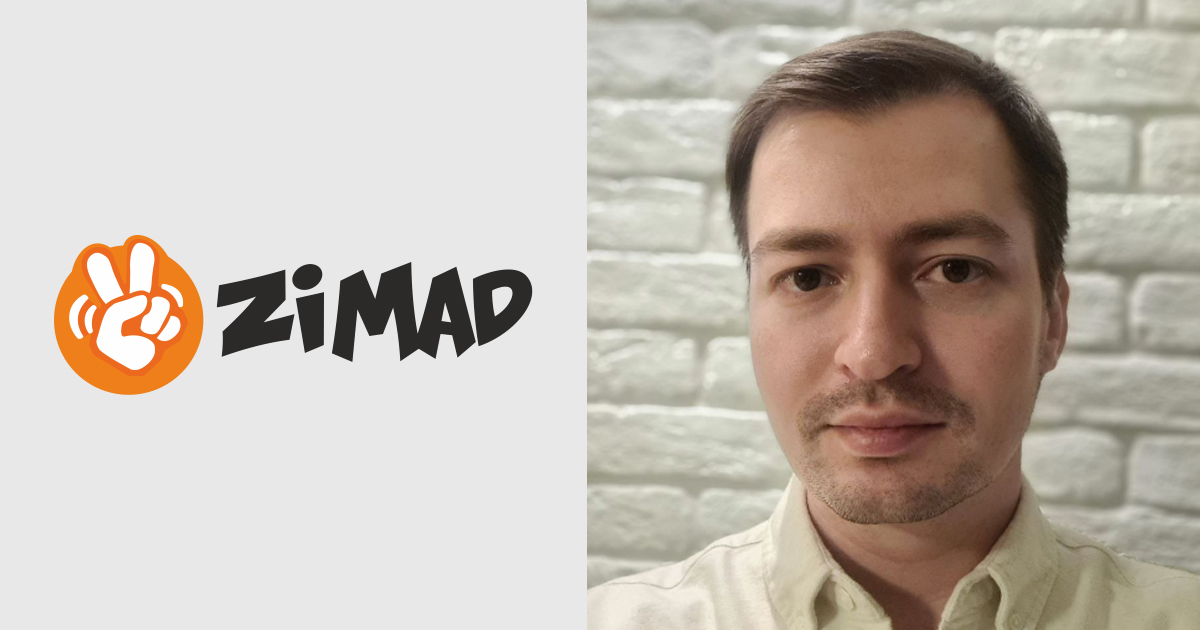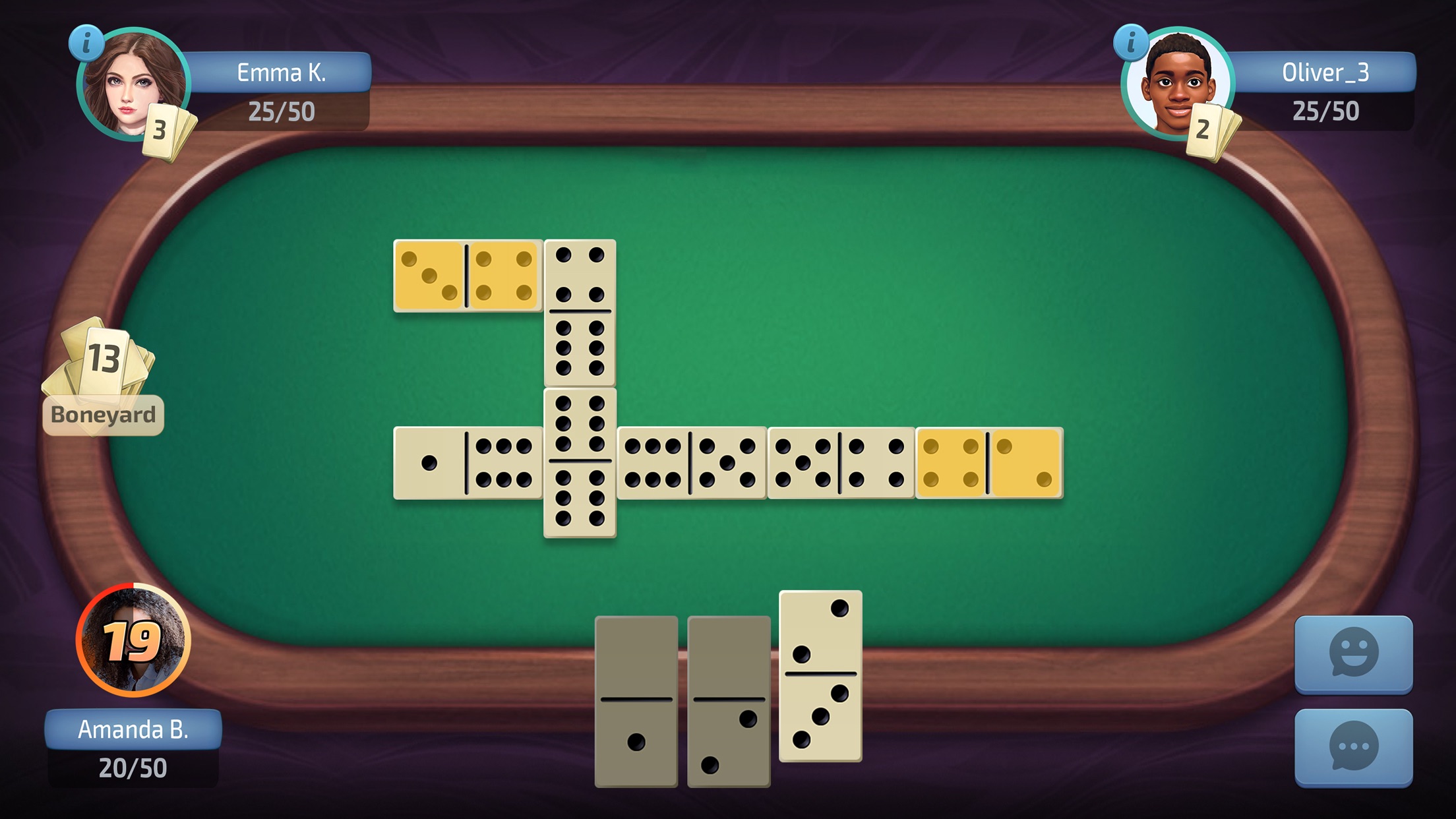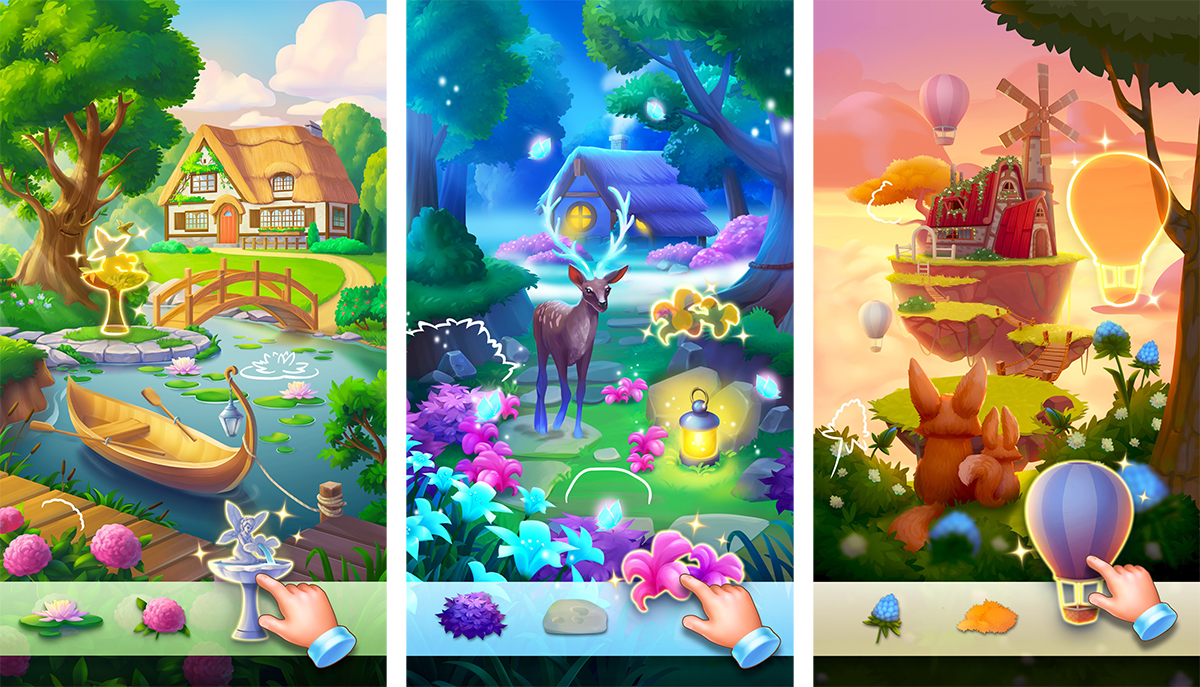"There's a noticeable trend towards increasing the targeted payback period for traffic in casual games," Dmitry Bobrov from ZiMAD on the main highlight of the year
Let's continue reviewing the outcomes of 2024 with top managers and experts from the gaming industry (and its related fields). Next up is an interview with Dmitry Bobrov, the CEO of ZiMAD.
How did the year turn out for the company? What achievements would you like to highlight?
Despite a rather turbulent situation in the industry and the world, the year for the company can be described as stable. Our internal product priorities have changed, as some products grew faster than others, but the developed portfolio proved to be very resilient.
An increase of more than one and a half times in the number of active users in the Domino Online project from January to December suggests that this time was not wasted for the company.
Domino Online
In the fall, we celebrated the anniversary of the game Art of Puzzles, which has already gathered several million installs.
Art of Puzzles
Magic Jigsaw Puzzles had a lot of interesting innovations and major events as usual. For example, I'd like to highlight the interesting results from the collaboration with Dots.Eco: players showed both high interest and empathy by participating in the charitable campaign.
Magic Jigsaw Puzzles
We also globally released two new board games, which I am confident will grow and develop in 2025.
How has the gaming market situation changed from your perspective?
The classic mobile games market continues to consolidate around major players. We are repeatedly surprised to find out that yet another studio we considered independent has, in fact, become a subsidiary. Sometimes a seemingly promising game from an indie team turns out to be a side project of a well-known publisher with a development budget of several million dollars.
There is a noticeable trend of increasing the target payback periods for traffic in casual games. We see target payback periods ranging from six months to a year or more. Here, the challenging task of profitable acquisition is compounded by the need for predictive analysis of long-term profitability. The market is becoming more competitive and harsh, requiring adherence to a growing list of demands and challenges to successfully run a gaming business.
This year, neural network services made great strides forward. These tools have permeated all aspects of gaming studios' work: from art and code generation to feature testing and community moderation. Even student projects by young programmers, which used to stand out due to clumsy graphics, have suddenly started to look good thanks to asset generation.
How did the year turn out for the genre you're working in?
In the niches of classic puzzles and board games, the balance of power hasn't changed much over the year. The main competition is between three to five players, and as in major sports, even a small advantage in a particular metric or optimization can temporarily secure higher positions in the genre's rankings.
There were attempts by new studios to take positions from top players, but they failed to achieve long-term success. Some ran out of resilience or investor trust, and the installation volumes dwindled. Others, avoiding direct competition, managed to enter a related genre with good metrics but remained a single-product company despite financial resources and a series of prototypes created.
What trends do you anticipate in your niche for 2025?
We expect a continuation of the trend towards the hybridization of monetization practices. Developers are exploring how in relatively simple games, which previously earned exclusively from ads, they can increase IAP and subscription revenues to 30%. This is in response to increased competition, various market regulations, and declining overall performance, where ad monetization cannot fully cover user acquisition costs.
Additionally, there is a rise in professionalism among teams, with an increasing number of articles and presentations among mobile game developers on how to successfully convert a mass audience into initial and subsequent purchases.
Besides the hybridization of monetization methods, there's also the hybridization of mechanics. We're observing quite bold experiments: players are drawn into one mechanic and, after several levels, are introduced to a completely different one that cannot be skipped. It's a sort of mislead—not plot-driven, but game-design-driven.
What are the company's plans for the upcoming year?
We plan to increase the number of puzzle and board games in our portfolio and continue working on deepening the monetization of current products. We intend to release both simple classic games and more complex casual ones. We have strengthened our development and marketing teams, so we expect a qualitative breakthrough in 2025.
We plan to pay special attention to analyzing user behavior, work on content personalization in our products, and strive to provide each player with a personalized gaming experience.



